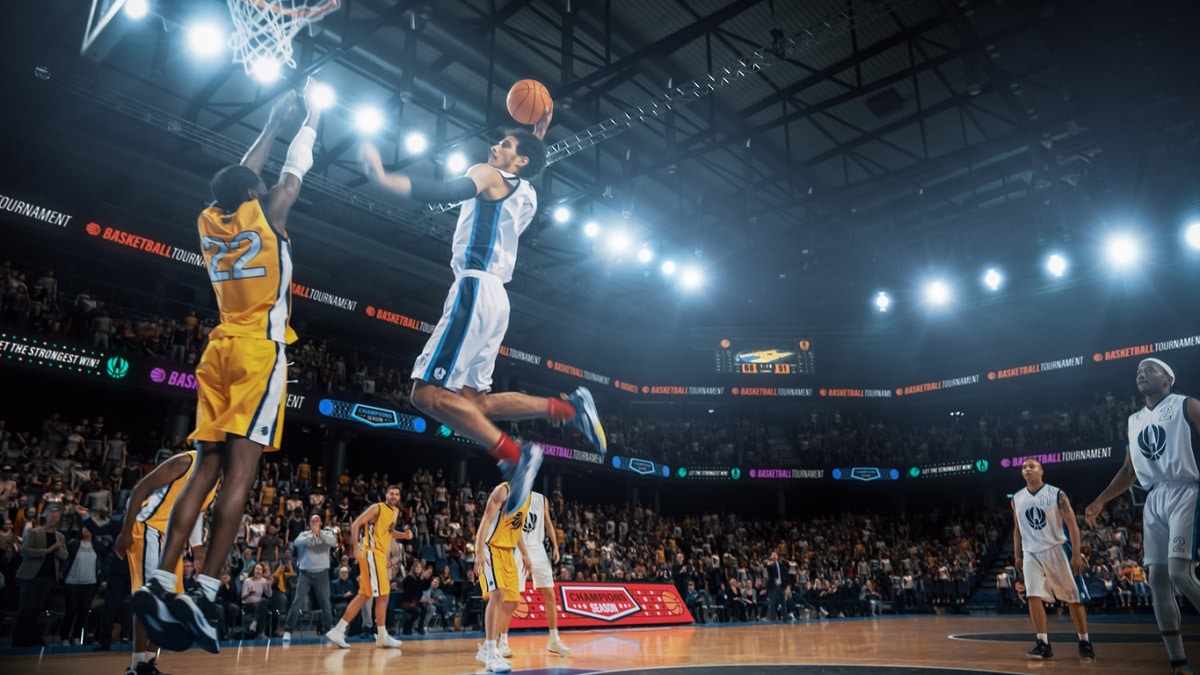- Latest Developments
BOOK ONLINE NOW
BOOK ONLINE NOW

When we are considering ways to improve our performance in sport, we usually think about things like strength, speed, and skill. But what about our vision? Not just our eyesight, but the way our eyes and brain work together to process the game in real-time. That’s where sports vision training comes in.
Sports vision training is a developing discipline, based on the theory that better visual skills – eg eye tracking, depth perception and peripheral awareness – lead to better athletic performance.
At the heart of this approach is behavioural optometry – a field that looks beyond 20/20 vision. The focus (excuse the pun) is on how a person’s visual system works during movement, under pressure, and in dynamic environments – like the sports field.
The aim of sports vision training is to help strengthen the connection between your eyes and your brain. So why does this matter?
In sport, decisions happen in milliseconds! The faster your brain can process what your eyes are seeing – such as a ball flying at you, or a teammate breaking away – the faster and more accurately you can respond.
Whether you’re a school-aged soccer player, a weekend golfer, a professional archer, training your visual system may help give you a competitive edge on the playing field (1).
Some key visual skills that can make or break your game include:
Behavioural optometrists, like the team at Aphrodite Livanes Optometrists, can assess your visual skills and tailor a sports vision therapy program to your individual needs. This might include:
These tools and techniques are designed to sharpen your visual performance in ways that align with your sport, position, and goals.
With regular sports vision therapy, you may notice benefits such as:
Your eyes are part of your team – train them well! If you’re ready to take your game to the next level, book an appointment with a Brisbane behavioural optometrist at Aphrodite Livanes, and explore what sports vision training may be able to do for you.
References:
© 2025 Aphrodite Livanes Optometrist Brisbane: Eye Care Plus. All rights reserved.
